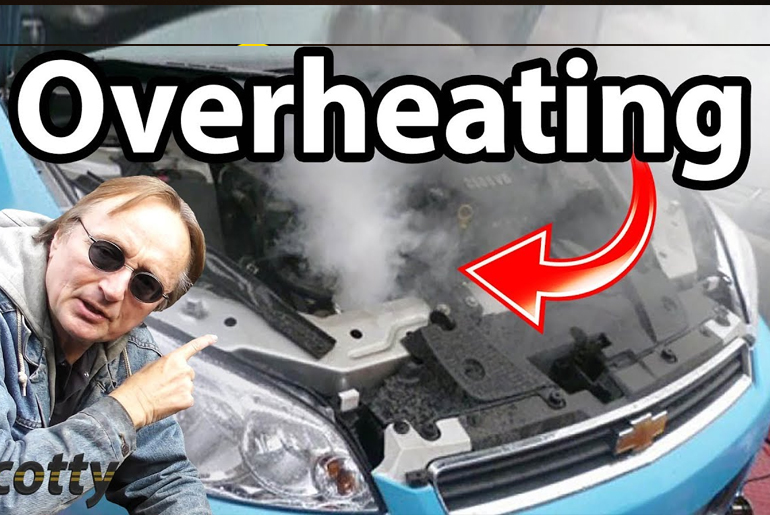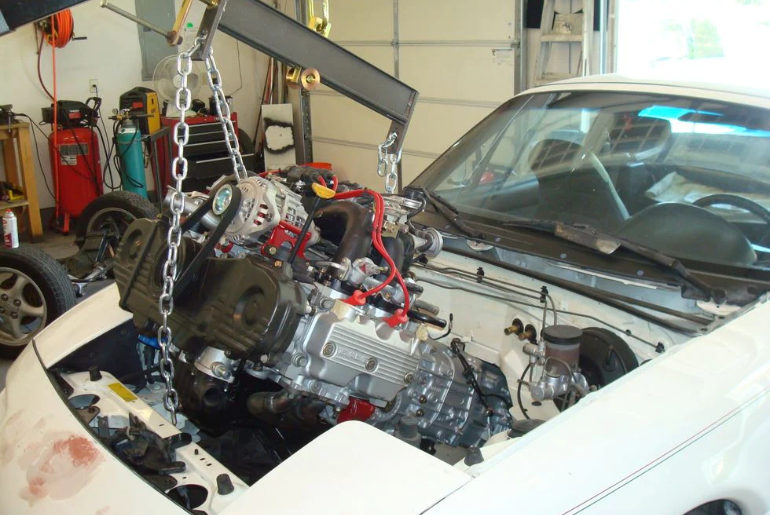Besides the 0-60 Km/h, one of the most common ways you can compare two cars’ performance is horsepower. And owners often install mods like performance exhausts and turbochargers to give their engines more power.
Table of Contents
However, not only is your engine’s quoted horsepower not always accurate, but it’s also not static. Over time, no matter what kind of tuning you’ve done, your engine will lose power. But there is something you can do about it. What’s that?
Buy top trending Car accessories in Lagos and Original Korea Battery now Check @carfanzy Lagos on Instagram
How Does a Car Engine Produce Power?
Whether your car burns fuel or diesel, it makes power via combustion. Air is sucked into the combustion chamber and mixed with a spray of fuel. This gets compressed by the piston and ignited, either with a spark plug (gasoline) or further compression (diesel). The resulting explosion forces the piston down and produces horsepower and torque.
An electric car’s motor doesn’t rely on combustion. However, it still produces power thanks to chemical reactions within its battery. And, like a combustion engine’s power output, it can be measured.
The device doing the measuring is the dynamometer or ‘dyno.’ There are 2 basic types, this expert explains, a chassis dyno, and an engine dyno.
There are several kinds of chassis dyno, but the most common is the ‘rolling-road’ drum-roller type. The car is first set into position with its drive wheels on the rollers. The tester floors the accelerator, which spins up the drum rollers. The rotation is used to calculate wheel torque, which is converted into horsepower.
Though a chassis dyno reports wheel horsepower, it doesn’t report crank horsepower. That’s where the engine dyno comes in. Instead of spinning rollers, the engine is bolted directly to the dyno. Based on how much force the dyno uses to hold the engine at a given speed, it calculates engine output.
Also, Motor Trend discovered when it dyno-tested the C8 Corvette, dynos aren’t infallible. However, they can validate manufacturer claims. Plus, they also help tuners boost performance. Or, see how much power has escaped from an engine over the years.
What Then Causes Engine Power Loss?
In using a chassis dyno, there’s already some engine power loss going on. The transmission, driveshaft, differential, and wheel hubs all absorb a portion of the engine’s output. The rule of thumb states the drivetrain causes a 15% power loss. Today, though, even AWD and 4WD drivetrains don’t cause more than 10% loss.
However, the engine power loss from time and wear is separate, explains Jalopnik, and Road & Track. A combustion engine needs air, fuel, compression, and a spark. If one of those 4 is missing, the engine loses power or stops working.
Some engine power loss is inevitable. As engines get old, their seals get hard and fragile. Piston rings and valvetrain components wear down. This causes compression and horsepower to drop. It can stretch and fray, or even break entirely. When that happens, air won’t flow past the mass air-flow sensor, which won’t trigger the fuel injectors. A clogged air filter creates a similar problem.
Conclusion
Knowing what causes your vehicle engine power loss will enable you to find a quick solution to the issue. While engines mostly start losing power as they age, if your new vehicle engine is losing power, then something is wrong somewhere.
Have 1 million naira and above to Buy or Sell Cars In Nigeria? Check Carmart.ng RIght Now
All rights reserved. Reproduction, publication, broadcasting, rewriting, or redistribution of this material and other digital content on carmart.ng is strictly prohibited without prior express written permission from Carmart Nigeria - Contact: [email protected]
Stay informed and ahead of the New Car info! Follow The Carmart Blog on WhatsApp for real-time updates, Cheap Cars, and Latest new car content. Don't miss Any –
Join The Carmart Blog Channel









